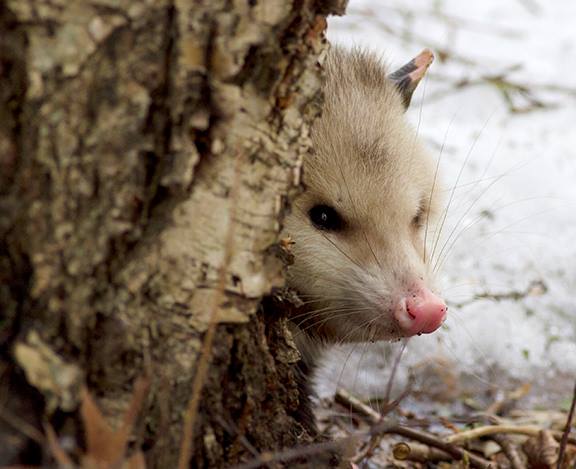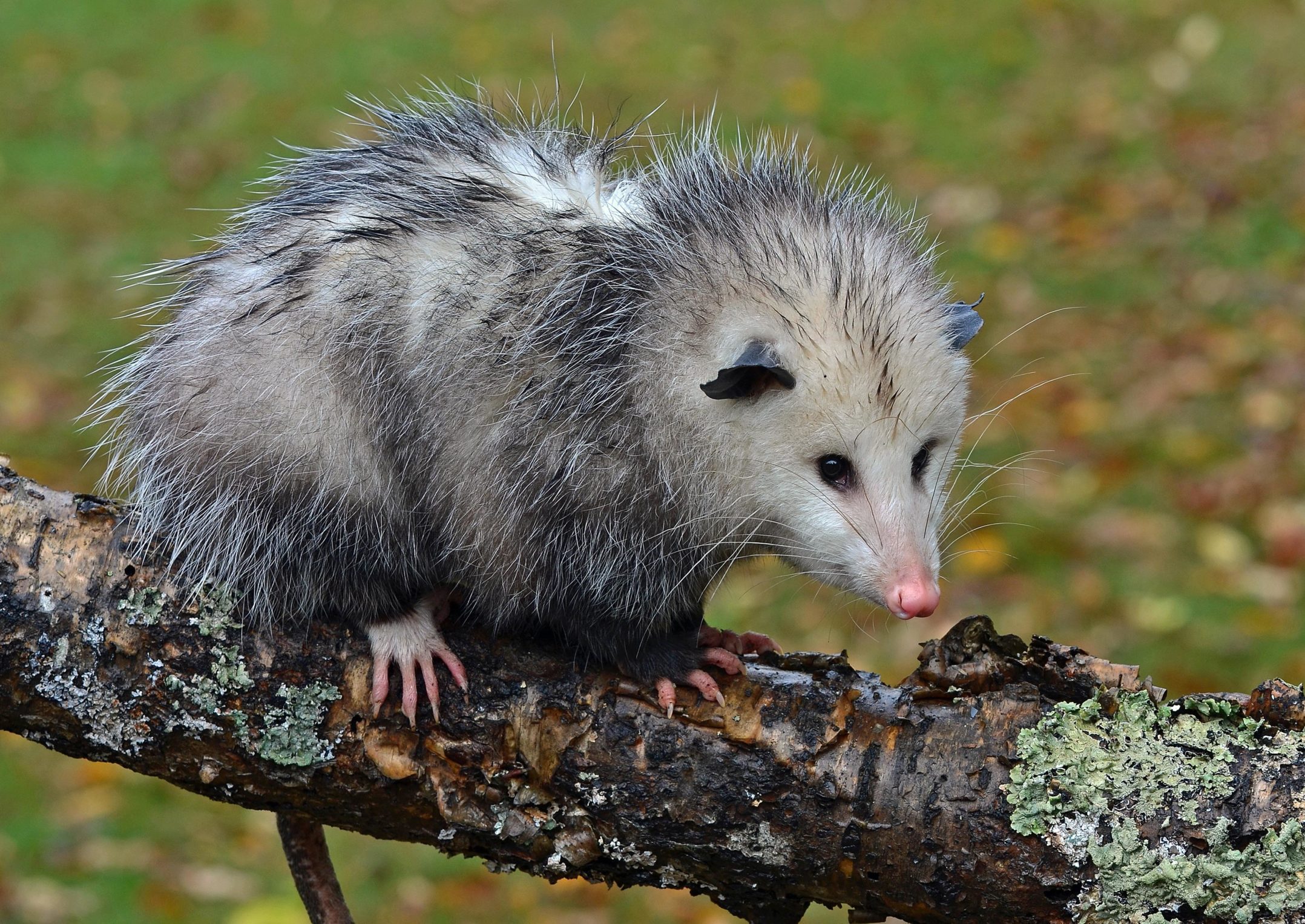

By mammalian standards, this is an unusually full jaw. Most members of this order have long snouts, a narrow braincase, and a prominent sagittal crest. They tend to be semi- arboreal omnivores, although there are many exceptions.

Skeleton of the gray short-tailed opossum ( Monodelphis domestica)ĭidelphimorphs are small to medium-sized marsupials that grow to the size of a house cat. Most of these groups with the exception of Lutreolina are now extinct. Several groups of opossums, including Thylophorops, Thylatheridium, Hyperdidelphys, and sparassocynids developed carnivorous adaptations during the late Miocene- Pliocene, prior to the arrival of carnivorans in South America. Large opossums like Didelphis show a pattern of gradually increasing in size over geologic time as sparassodont diversity declined. Prior to this time the ecological niches presently occupied by opossums were occupied by other groups of metatherians such as paucituberculatans and sparassodonts They were minor components of South American mammal faunas until the late Miocene, when they began to diversify rapidly. Opossums probably originated in the Amazonia region of northern South America, where they began their initial diversification. Many extinct metatherians once considered early opossums, such as Alphadon, Peradectes, Herpetotherium, and Pucadelphys, have since been recognized to have been previously grouped with opossums on the basis of plesiomorphies and are now considered to represent older branches of Metatheria only distantly related to modern opossums. The last common ancestor of all living opossums approximately dates to the Oligocene-Miocene boundary (23 million years ago) and is at most no older than Oligocene in age. However, this is inaccurate, as the oldest opossum fossils are from the early Miocene (roughly 20 million years old). Opossums are frequently considered to be " living fossils", and as a result are often used to approximate the ancestral therian condition in comparative studies. They similarly have didelphimorphia, two ( di) wombs ( delphus), the second being a non-bilateral marsupial womb (nursing-pouch). p-aʔθemwa) meaning "white dog or dog-like beast." įollowing the arrival of Europeans in Australia, the term possum was borrowed to describe distantly related Australian marsupials of the suborder Phalangeriformes, which are more closely related to other Australian marsupials such as kangaroos.of the bigness of a cat." The Powhatan word ultimately derives from a Proto-Algonquian word ( *wa Strachey's notes describe the opossum as a "beast in bigness of a pig and in taste alike," while Smith recorded it "hath an head like a swine. Both men encountered the language at the English settlement of Jamestown, Virginia, which Smith helped to found and where Strachey later served as its first secretary. Siebert reconstructs the word phonemically as /a The word opossum is borrowed from the Powhatan language and was first recorded between 16 by John Smith (as opassom) and William Strachey (as aposoum). The opossum is typically a nonaggressive animal. Possums should not be confused with the Australasian arboreal marsupials of suborder Phalangeriformes that are also called possums because of their resemblance to the Didelphimorphia. It is often simply referred to as an opossum, and in North America it is commonly referred to as a possum ( / ˈ p ɒ s əm/ sometimes rendered as 'possum in written form to indicate the dropped "o"). The Virginia opossum is the only species found in the United States and Canada. Opossums originated in South America and entered North America in the Great American Interchange following the connection of North and South America.

The largest order of marsupials in the Western Hemisphere, it comprises 93 species in 18 genera. Opossums ( / ə ˈ p ɒ s əm/) are members of the marsupial order Didelphimorphia ( / d aɪ ˌ d ɛ l f ɪ ˈ m ɔːr f i ə/) endemic to the Americas.


 0 kommentar(er)
0 kommentar(er)
